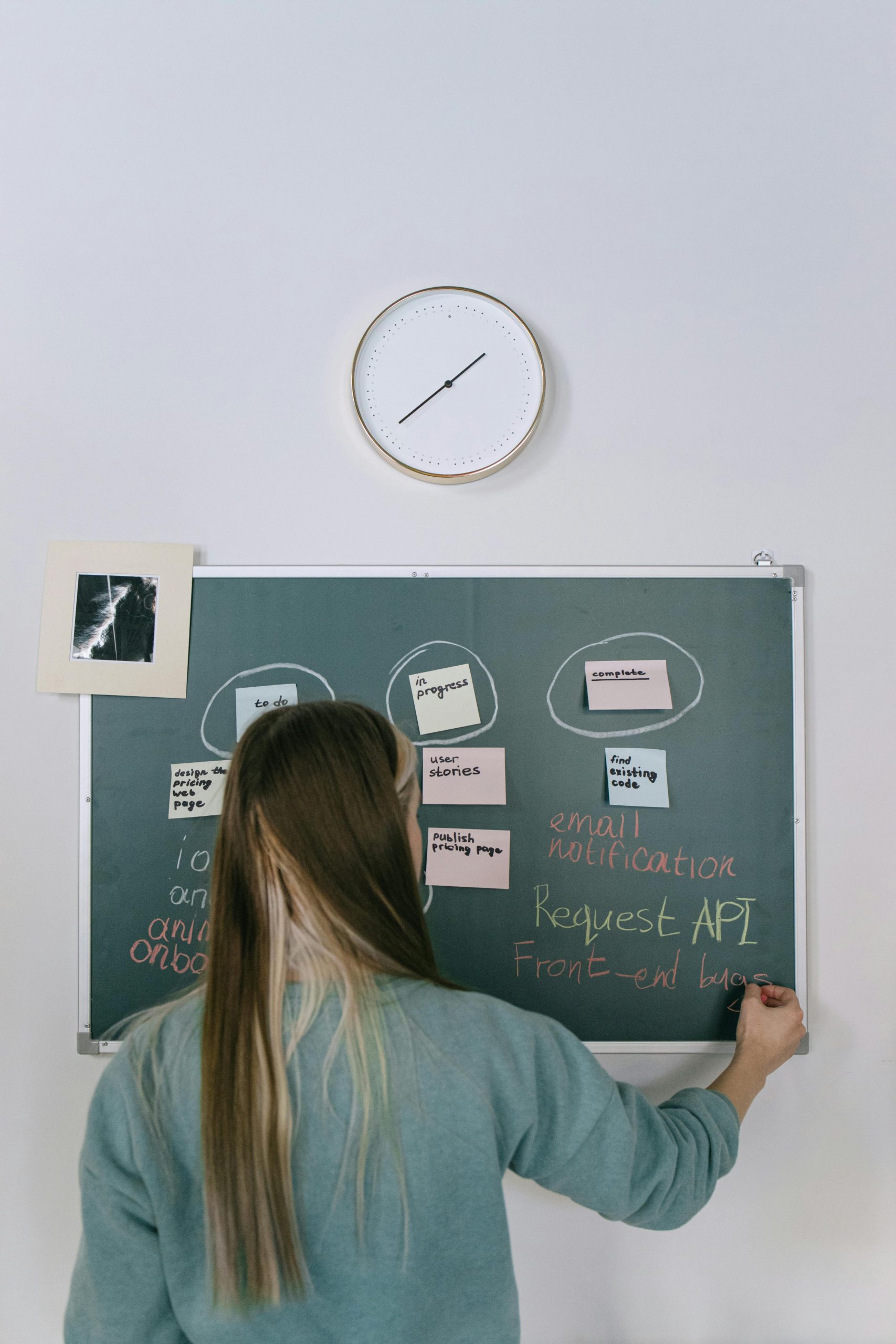Most common ChatGPT use cases by topic (2024–25 sample)
Exploring the Leading Use Cases of ChatGPT in 2024–2025: Insights from a Large-Scale Study
As artificial intelligence continues to permeate various aspects of daily and professional life, understanding how users engage with AI tools like ChatGPT becomes increasingly valuable. A recent analysis based on approximately 1.1 million conversations provides insightful data on the most common applications of ChatGPT during 2024 and into 2025.
Key Areas of ChatGPT Utilization
The data reveals that users predominantly leverage ChatGPT for five primary purposes, which collectively account for the majority of interactions:
-
Practical Guidance (28.3%)
A significant portion of users turn to ChatGPT for actionable advice and step-by-step instructions across diverse topics, ranging from technical troubleshooting to everyday tasks. -
Writing and Content Creation (28.1%)
Similar to guidance, a substantial share involves generating written content—be it articles, creative stories, business correspondence, or marketing materials—highlighting ChatGPT’s role as a versatile writing assistant. -
Seeking General Information (21.3%)
Many users utilize ChatGPT as an immediate source of knowledge, asking questions to acquire insights on various subjects, including science, technology, history, and current events. -
Accessing Specific Data or Details (18.3%)
Beyond general inquiries, a notable segment of interactions focus on obtaining precise facts, figures, or clarifications to support research or decision-making processes. -
Editing and Critiquing Text (10.6%)
Finally, users frequently employ ChatGPT for editing, proofreading, and providing constructive feedback on existing written work, ensuring clarity, correctness, and improved quality.
What Do These Trends Tell Us?
These usage patterns underscore ChatGPT’s versatility as a tool primarily focused on writing, advisory, and informational support. Its widespread adoption for content creation and guidance suggests a growing reliance on AI for enhancing productivity, refining communication, and facilitating learning.
Implications for Users and Developers
Understanding these dominant use cases can inform developers to optimize features that cater to these needs, such as enhanced writing assistance, fact-checking capabilities, and intuitive guidance modules. For users, recognizing these common applications can help them leverage ChatGPT more effectively for their personal and professional tasks.
Conclusion
As AI technology continues to evolve, its integration into daily workflows appears to be steadily deepening. The recent data from millions














Post Comment